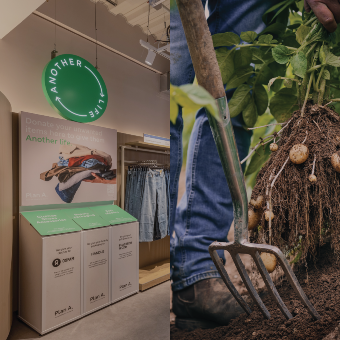Our people
Our people bring our values to life. Their talent, commitment to customers, and pride in M&S are key to our long-term growth.
We employ around 65,000 colleagues across our stores, support centres, logistics operations and international teams. We know it’s our people who make M&S successful. M&S provides colleagues in the UK and overseas with a safe and healthy working environment. This includes having an organisational culture which promotes diversity, inclusivity, personal development and respect.


Our products
M&S operates as a family of businesses, selling high-quality, great-value, own-brand products and services, alongside a carefully selected range of third-party brands.
Quality and care are at the heart of everything we do – especially when it comes to making our products. We know our customers want to do the right thing for the planet and the people who make our products, so we make it easy for them.
Responsible sourcing and human rights
M&S has a responsibility to ensure our products are responsibly sourced and uphold our Global Sourcing Principles. Responsible sourcing and human rights are fundamental in allowing individuals to lead a dignified and independent life, free from abuse and violation.


Our communities
We listen to our customers, colleagues, and local stakeholders to make sure we understand their changing needs and support the communities we serve.





